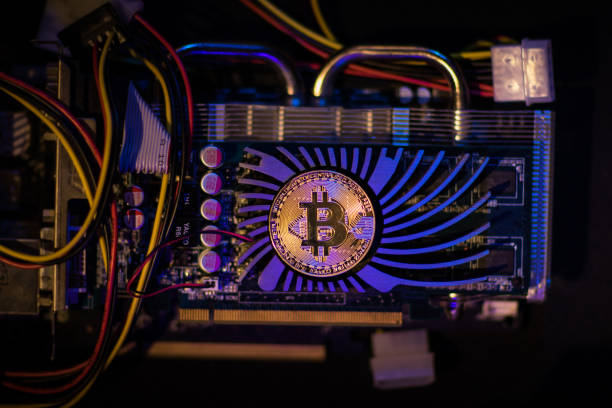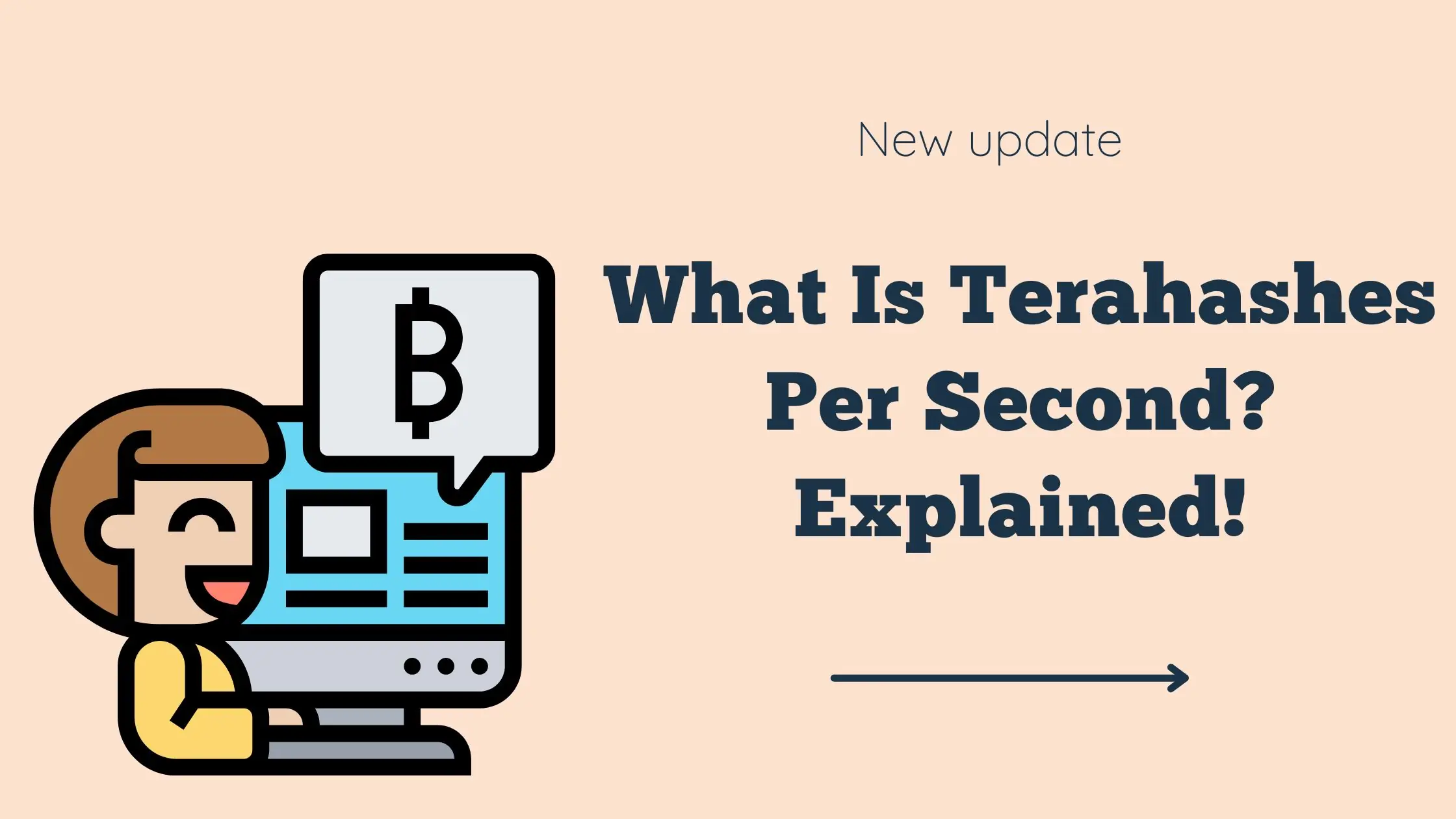Terahashes Per Second is a measure of how quickly data is processed.
A computer or mining machine’s power is measured in terahashes per second (Th/s), which is equal to 1 trillion (1,000,000,000,000) hashes per second.
Let’s find out what Terahashes Per Second means, what it means in the crypto world, how many Terahashes Per Second there are, and all other relevant information.
What Are Terahashes Per Second?
The rate at which data processing power is applied is measured in terahashes per second. The amount of computer processing power needed to solve a problem is measured in hashes. You have more processing power the more hashes you generate per second.
One measure of computing power is the number of terahashes per second that you have. Megahashes, gigahashes, terahashes per second, and other units are used to measure the hash rate.
1 trillion (1,000,000,000) hashes are performed every second or one terahash. The number of hashes per second is significant in the context of blockchain or Bitcoin mining because it affects how quickly blocks are processed.
Hash Rate in Cryptocurrency
In order to verify transactions on a blockchain, a public ledger, cryptocurrency mining uses computers to solve challenging math problems. It secures, stores, and tracks cryptocurrency through the mining process. A miner’s chances of succeeding in the race to verify transactions and earn digital currency increase with their computing power.
An indicator of a miner’s processing power is a cryptocurrency’s hash rate. This value represents how long it takes for one miner to complete each transaction in a block.
Because fewer miners will be vying for the same block reward, transactions will be processed more quickly if the number is lower. However, it will take longer if your hash rate is low to get your first payment.
In 2009, when Bitcoin was still in its infancy as a currency, common desktop computers could easily mine blocks. The difficulty of discovering new blocks significantly increased as more people began mining, to the point where the typical time to solve a single block started to exceed 10 minutes.
The Bitcoin network adjusts the difficulty so that a block is discovered on average every ten minutes. This means that many blocks have more than one solution, which means that a lot of your efforts are wasted (since finding those solutions only results in transaction fees). The more frequently you can successfully mine Bitcoins, the higher your hash rate needs to be.
It follows that a miner with a 3 GH/s hashing rate will discover roughly three times as many Bitcoins per month as a miner with a 1 GH/s mining rate.
The most crucial element in determining profitability is the hash rate. While Bitcoin exchange rates are rising, mining hardware efficiency is rising every day. This is a crucial consideration when calculating the energy cost of mining bitcoin. It’s all relative because more hashes require more electricity to solve the mathematical puzzle.
As a general rule, your mining operation will be more profitable the less money you spend on electricity (or the better your mining rig is).

Impact of the Hash Rates on the Bitcoin Network
Whether a miner uses a mining pool or mines independently, hash rates have a direct impact on their output. That won’t be their only effect, though, as we’ll soon see:
Bitcoin’s Relationship With Hash Rates
Over time, Bitcoin’s hash rate has evolved into a key indicator of its price; an increase in hash rate implies that Bitcoin’s value will also increase.
The only difference is the crypto winter we are going through in 2022, but otherwise, this relationship has largely held. Nevertheless, the validity of the hash rate as a leading indicator has not been impacted. This is so because miner intentions are signaled by the hash rate. The network becomes more confident as there are more miners.
A Potential Signal for Bullish Behavior
As we previously mentioned, there are some similarities between the hash rate and the price of Bitcoin. Since the hash rate of Bitcoin grows, so does the network’s effectiveness and security.
Many have come to believe that because the hash rate has reached an all-time high, we should anticipate the beginnings of bullish behavior. For many of us who have been anticipating the bear market’s end, this news should be encouraging.
Effects on Energy Consumption
Many miners are investing in powerful equipment to increase their chances of achieving higher hash rates because hash power also depends on the performance of the computers used in mining. These computers are pricey, and the electricity they require to operate them is considerable.
It used to be possible for miners to purchase cryptocurrencies using standard computers and graphics cards. However, as Bitcoin and other digital currencies have grown in popularity, many new miners have entered the market with more potent mining equipment, such as application-specific integrated circuit (ASIC) miners.
These elements immediately increased the Bitcoin hash rate and eventually made it possible for the mining difficulty to increase. As the mining difficulty increases, more energy is consumed by computers.
Conclusion of Terahashes
One trillion hashes are processed each second, or one trillion terahashes per second (TH/s), which is a measurement of the rate of data processing power.
The number of hashes (the more, the more power you have) determines how much processing power is available. There are numerous hash rate units, such as megahashes, gigahashes, terahashes, and so forth. The number of hashes performed per second has an impact on how long it takes to process a block, which is why it matters for blockchains and mining.
FAQ
What is the Terahash?
1 tera hash per second (1 Th/s) = one trillion hashes per second (1,000,000,000,000 h/s) 1 peta hash per second (1 Ph/s) = one quadrillion hashes per second (1,000,000,000,000,000 h/s) 1 exa hash per second (1 Eh/s) = one quintillion hashes per second (1,000,000,000,000,000,000 h/s)
Is High Hashrate Good for Bitcoin?
A higher hash rate is deemed to be better for the overall security and stability of the blockchain network, much like with most PoW cryptocurrencies, as it means more energy expenditures, additional miners, and additional time are required to take over the network.
How Much is 1 Tera Hash?
A terahash is equal to one trillion (one billion million) hashes per second. The number of hashes per second is significant in the context of blockchain or Bitcoin mining because it affects how quickly blocks are processed.










